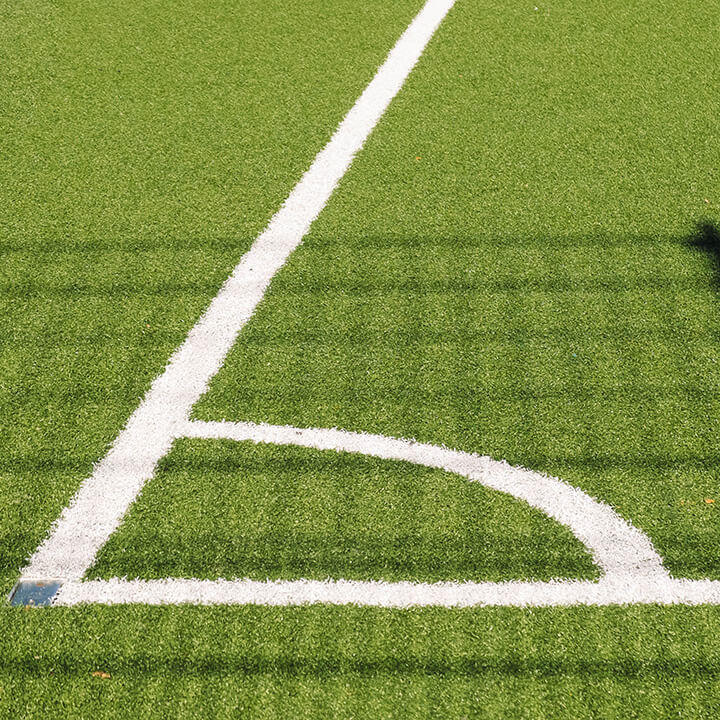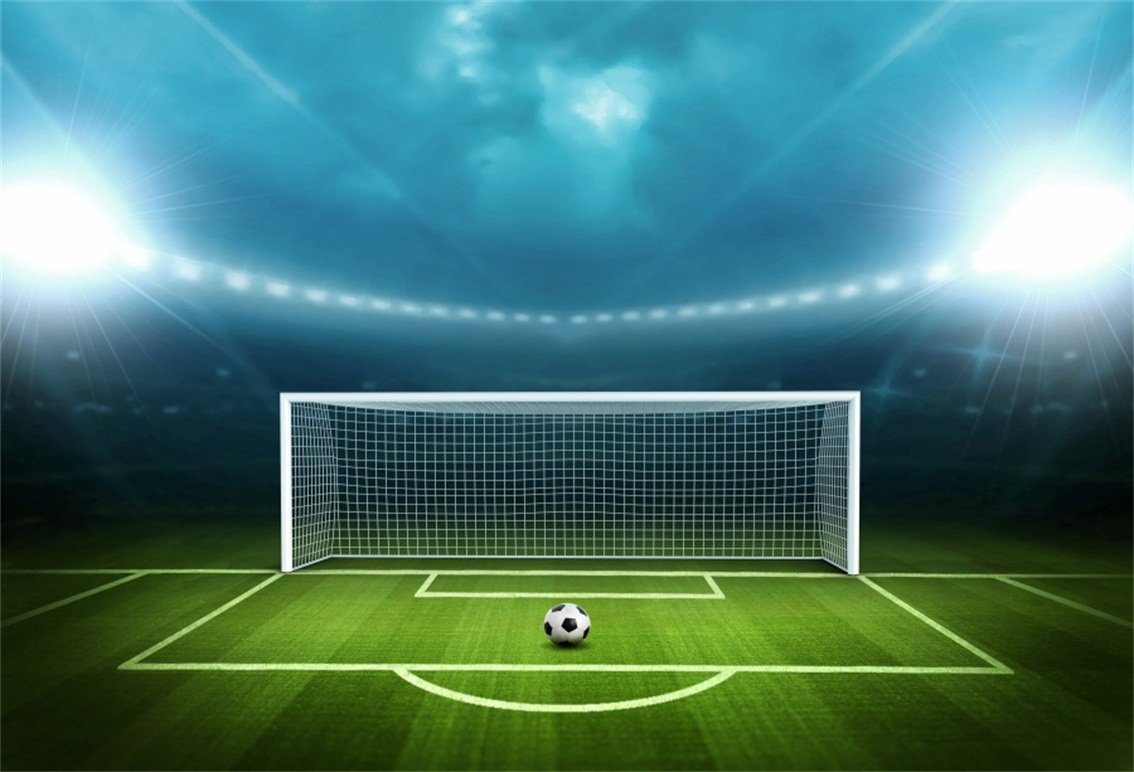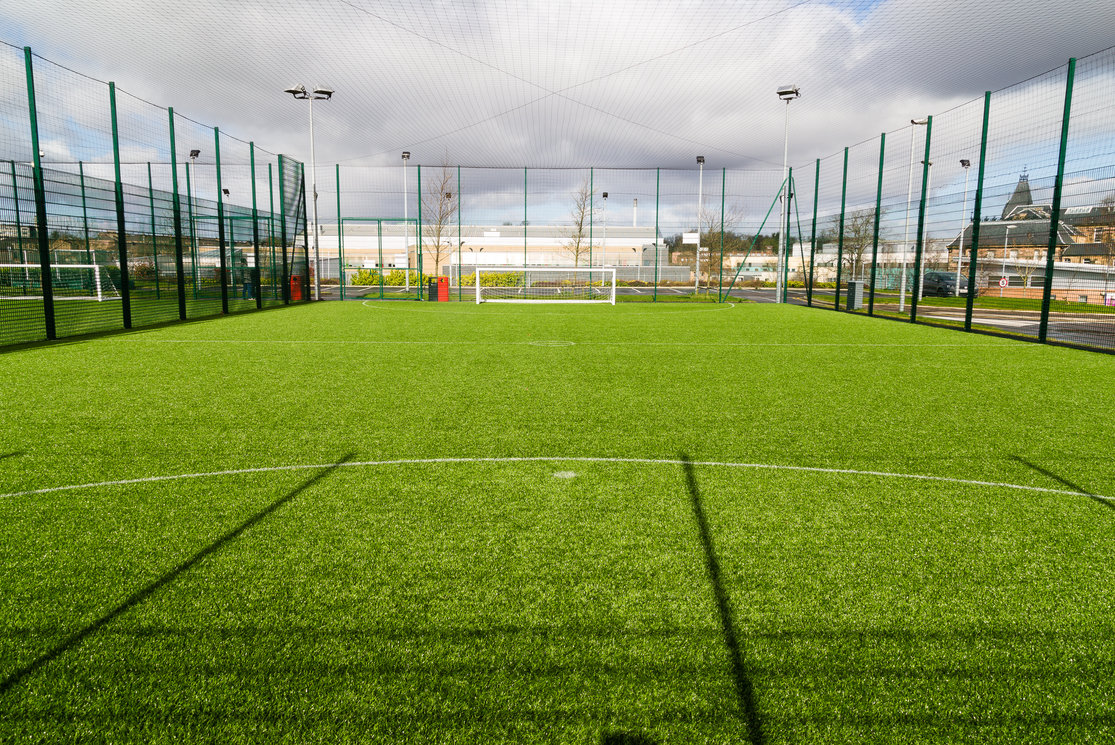A well-maintained football pitch is crucial for the quality of the game and the safety of the players. From professional stadiums to local parks, proper pitch maintenance ensures a level playing field, literally and figuratively. The upkeep of a football pitch varies with climate, soil type, and usage but there are universal best practices that can guide groundsmen in their essential task. This guide will cover the importance of regular maintenance, the key tasks for pitch upkeep, troubleshooting common problems, and the benefits of a well-maintained pitch.
Regular Maintenance: The Key to a Healthy Pitch
Setting a Schedule
A proactive approach ensures that the pitch remains in prime condition all year round. Groundsmen should create a maintenance schedule that covers daily, weekly, and seasonal tasks. Daily tasks might include clearing debris and checking for damage, while weekly tasks could involve mowing and aerating the soil. Seasonal tasks are more extensive, possibly including reseeding or topdressing. Adhering to a routine ensures no task is overlooked and that the pitch can recover and thrive during off-peak times.
The Basics of Mowing and Watering
Mowing and watering are fundamental for pitch upkeep. Grass should be kept at the recommended height to ensure it is not too sparse or too lush, which can affect ball roll and player footing. Watering must be sufficient to keep the grass alive without creating a muddy or slick surface. An irrigation system can help maintain optimal soil moisture levels, but it should be adjusted according to the season and weather patterns to avoid overwatering or underwatering.

Key Upkeep Tasks: Ensuring a Pristine Surface
Soil Aeration and Topdressing
Soil compaction is a common issue affecting pitch quality. Regular aeration allows air, water, and nutrients to penetrate the soil, promoting healthier root growth. Methods vary from spiking to coring but should be done regularly to prevent compaction. Topdressing the pitch with sand or a soil mix can level the playing surface, improve drainage, and reduce thatch buildup. This is usually done after aeration and should be matched to the soil’s specific conditions.
Reseeding and Fertilization
Bare spots on a pitch can be unsightly and risky for players. Reseeding these areas helps maintain dense, even grass coverage. The choice of seed mix should suit the local climate and the pitch’s soil type. Regular fertilization supports grass growth and resilience. The fertilization schedule and the type of fertilizer used should be based on soil tests and reflect the nutrient needs of the grass, especially after heavy use periods or significant weather events.

Troubleshooting Common Issues
Addressing Weeds, Pests, and Diseases
A healthy pitch is less susceptible to weeds, pests, and diseases, but these issues can still arise and must be managed promptly. Weeds compete with grass for resources and can be removed by hand or treated with herbicides. Pests like grubs or insects may require targeted treatments. Diseases often present as discolored patches and can be avoided with proper aeration, drainage, and by avoiding over-fertilization.
Coping with Weather Extremes
Weather extremes, from droughts to heavy rains, can wreak havoc on a football pitch. Plans must be in place to mitigate such conditions. During droughts, efficient watering is key, while in wet conditions, ensuring good drainage prevents waterlogging. In cold climates, frost management is crucial to avoid damage. Preparing for and responding to adverse weather can save the pitch from long-term harm.

The Benefits of a Well-Maintained Pitch
Player Safety and Game Quality
A well-kept pitch not only looks appealing, but it is also safer for players. Uneven surfaces and slippery areas are prime conditions for injuries. By maintaining the pitch, groundsmen help prevent sprains, falls, and other play-related injuries. Moreover, a smooth, even pitch allows for a better quality game where skills, rather than unpredictable playing conditions, determine the outcome.
Long-Term Savings and Reputation
Investing time and resources in regular maintenance can result in significant savings over the long term, as well-maintained pitches tend to require fewer costly repairs. Additionally, a pristine pitch can elevate the reputation of the facility, attracting more players, spectators, and potentially high-profile games. It reflects a commitment to excellence that resonates with everyone who steps onto the field.

The Art of Professional Groundskeeping
Fine-Tuning for Optimal Conditions
At the professional level, the art of groundskeeping goes beyond simple maintenance. Groundsmen fine-tune the pitch to achieve the optimal playability for each game. This includes adjusting the height of the grass to meet the standards preferred by the teams, ensuring the lines are perfectly marked, and even modifying the soil’s firmness to suit the playing style or strategy. It’s this attention to detail that sets apart standard pitch upkeep from the meticulous standards expected at the highest levels of the sport.
Pre-Game Preparation
Before the whistle blows, professional grounds crews engage in a set of pre-game preparations to ensure the pitch meets exacting standards. This can involve watering the pitch to decrease ball friction, a method often used to favor teams with a fast-passing style of play. Ground crews also repair any damages that might have occurred during warm-ups or earlier games, ensuring a flawless surface at kickoff.
Post-Game Recovery
Once a game has concluded, the recovery process begins to repair any wear and tear inflicted on the pitch. This includes reseeding or patching up damaged turf, addressing cleat marks and goalmouth scuffs, and overall evaluation of the pitch’s condition. Immediate post-game maintenance is crucial for maintaining a resilient pitch that can handle the rigors of a full season.

Staying Ahead of the Game with Technological Advances
Leveraging Technology for Superior Care
In the realm of pitch maintenance, technology continues to provide groundsmen with advanced tools and methods. Cutting-edge irrigation systems, robotic mowers, and GPS-guided line marking are just a few of the technological innovations that ensure precision and efficiency. These technologies not only save time and manpower but also bring a level of consistency to the task that’s hard to achieve manually.
Data-Driven Decisions
Groundskeeping has also benefited from the increased use of data analytics. Soil sensors measure moisture, temperature, and nutrient levels to provide groundskeepers with real-time information on the pitch’s condition. This data-driven approach allows for more accurate and timely interventions, preventing problems before they affect playability.

In summary, football pitch upkeep is a comprehensive and critical aspect of sports management. Groundsmen play a vital role in providing a safe and excellent playing surface through routine maintenance, meticulous care, and problem-solving. A well-maintained football pitch allows for the best possible conditions for the sport to be played and enjoyed. It ensures the longevity of the playing surface, player safety, and the integrity of the game itself. With the right knowledge and best practices in place, maintaining excellence in football pitch upkeep is an achievable goal.


